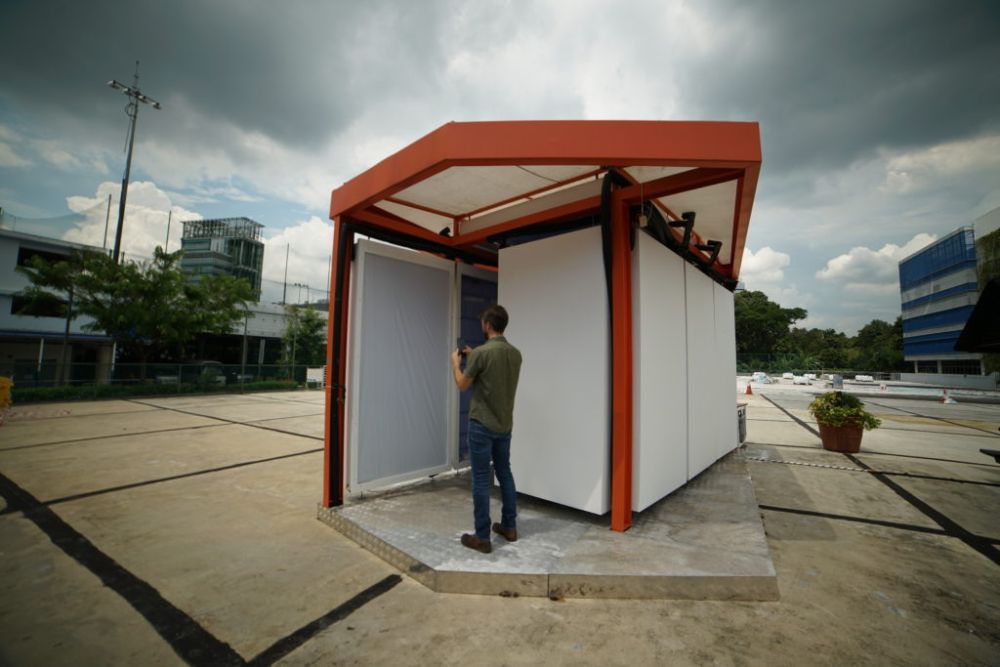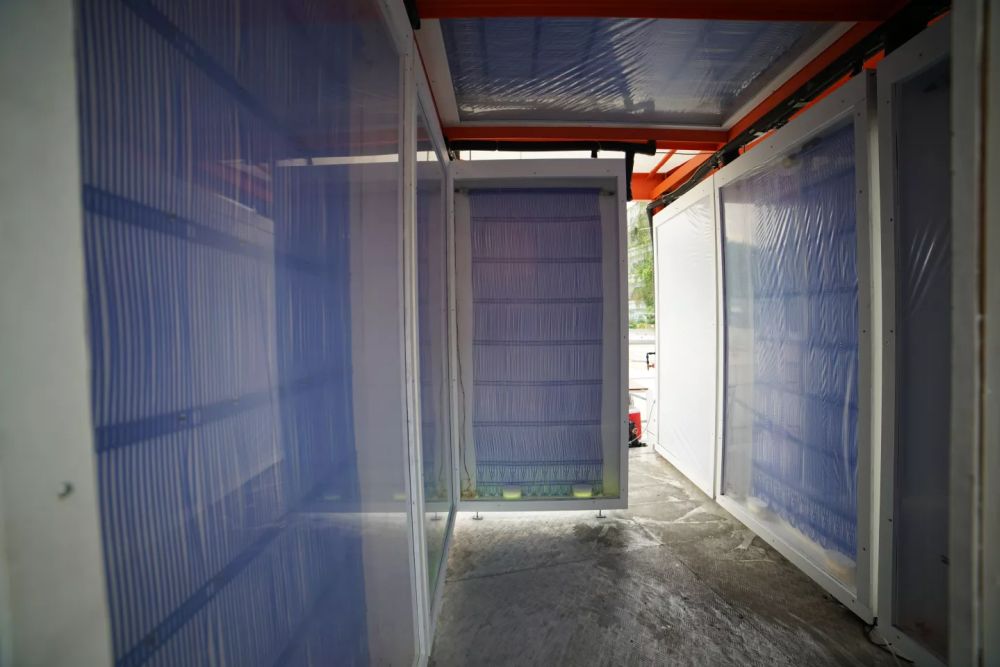Cold Tube Offers Radiant Cooling with Energy Efficient Membrane-Assisted Panels
With the temperatures rising every summer, it has become quite unbearable to spend the season without air conditioners. Though an important appliance in any household located in the tropical regions, air conditioners consume a lot of energy and release injurious amounts of carbon dioxide daily.
Aiming for a better and environmentally-friendly alternative, a research team from the University of British Columbia, Princeton University, the University of California, Berkeley and the Singapore-ETH Centre has developed a cooling system called the Cold Tube. It is a membrane-assisted radiant cooling system that is highly energy efficient and absorbs the heat to keep the space cool.

The Cold Tube is a membrane-assisted radiant cooling system | Image: Lea Ruefenacht
According to project co-lead Adam Rysanek, assistant professor of environmental systems at UBC’s school of architecture and landscape architecture, the Cold Tube absorbs the heat released by radiation from a person without having to cool the air passing over their skin. This system achieves a substantial amount of energy savings.
The Cold Tube is a system of rectangular wall or ceiling panels that are kept cold by chilled water flowing inside them. As heat moves by radiation from a hotter surface to a colder surface, when a person stands alongside or underneath the panel, their body heat radiates toward the colder panel.
The team developed an airtight, humidity-repelling film to enclose the chilled panels to avoid condensation from forming while simultaneously allowing radiation to travel through.

Airtight, humidity-repelling film to enclose the chilled panels keep the surroundings cool without air conditioners | Image: Lea Ruefenacht
Last year, the team built an outdoor demonstration unit in Singapore, and about 50 people were invited to provide feedback on the project. Eric Teitelbaum, a senior engineer at AIL Research who supervised the demonstration project while working at the Singapore-ETH Centre, said,
Because the Cold Tube can make people feel cool without dehumidifying the air around them, we can look towards shaving off up to 50 per cent of typical air conditioning energy consumption in applicable spaces.
The team believes as the Cold Tube functions independently of indoor air temperature and humidity, keeping windows open in increasingly hot summers while still feeling comfortable becomes a viable option. This cooling system can work efficiently in various areas, from North American homes and offices to developing economies that anticipate a significant need for cooling in the coming years.


